In parallel to the current airborne campaign in Italy supporting the candidate Earth Explorer FLEX mission, we are also preparing a related campaign on Crete in Greece.
We would like to have a closer look at aerosols – tiny solid and liquid particles in the atmosphere. While they can have an adverse effect on human health and affect precipitation and climate, knowledge of aerosols is important for correcting satellite images.
The CHAREDMexp campaign, organised by the National Observatory of Athens (NOA), take places between 20 June and 10 July at Finokalia Station on Crete. A number of European research institutes are participating in the campaign, including TROPOS, the Cyprus Institute, Finish Meteorological Institute (FMI) and the World Radiation Center.
The first participants arrived at Finokalia on 16 June as the ground-based instruments were starting to be installed. Our colleagues from the University of Crete helped us with all the practical issues.
Before installing any new instrumentation, the team thoroughly inspected the station and surroundings so that they could pick the best location for each instrument.
Two of NOA’s ‘sun-photometers’ (UV-MFR and CIMEL) arrived at the Finokalia Station on 16June along with EMORAL mobile lidar that belongs to ESA and FMI’s HALO wind lidar.
The sun-photometers were installed on the station’s roof and installation of the CIMEL was registered at the AERONET global Network.
The EMORAL lidar was also placed at the station and the first test measurements were carried out.
The HALO lidar from FMI was also installed at the station.
All this setting up was done by 17 June so our colleague Ville Vakkari went back to Finland where he will manage all the data that are collected during the campaign.
The container carrying the PollyXT lidar from the TROPOS Institute in Germany arrived on the 17June and was set up.
On 17June, the PollyXT was setup and the microwave radiometer was calibrated.
CHARADMexp is supported by NOA’s BEYOND Centre for the provision of additional modelling and satellite tools to support weather forecasting needs during the campaign and to identify the source regions of measured aerosols. Twin organisations such as the Barcelona Supercomputing Center (BSC) are also participating in CHAREDMexp campaign.
The campaign was scheduled to start on 20 June but our BSC colleagues told us about a Saharan dust storm approaching Crete. Therefore, we started operating the instruments on 18 June to catch the dust.
We are expecting more researchers from Lille University and the Cyprus Institute during the course of this week, which focus on the UAV installations.
More information about the campaign can be found at https://charadmexp.gr/.
Post from: Dirk Schüttemeyer (ESA), 20 June 2014.








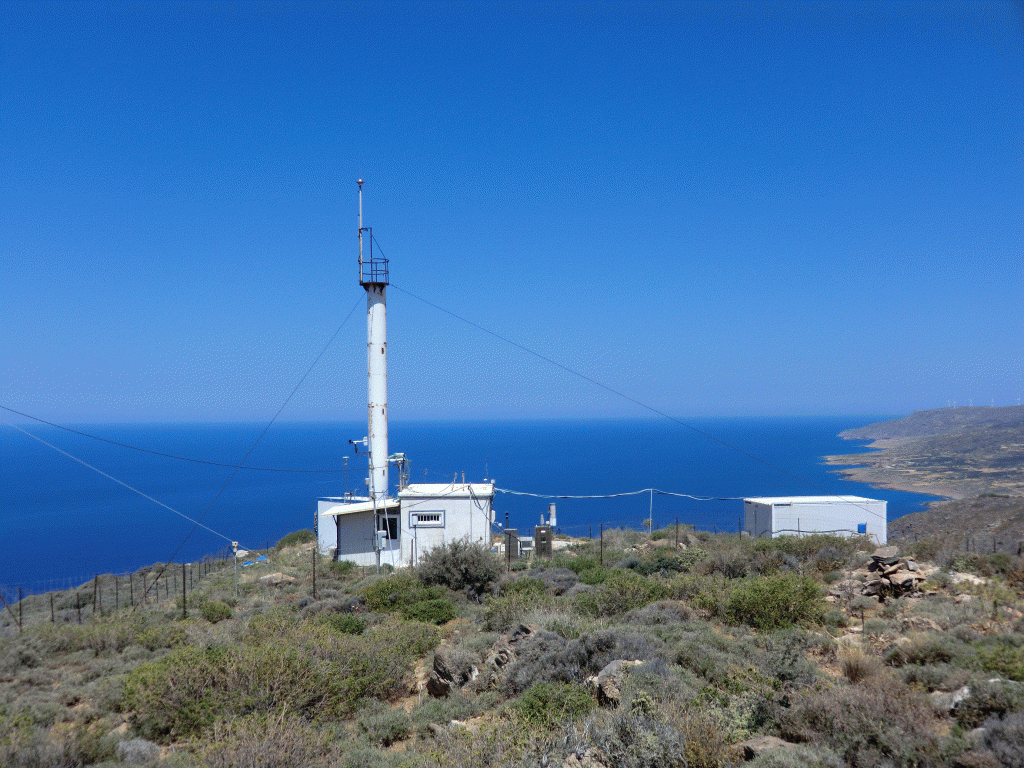
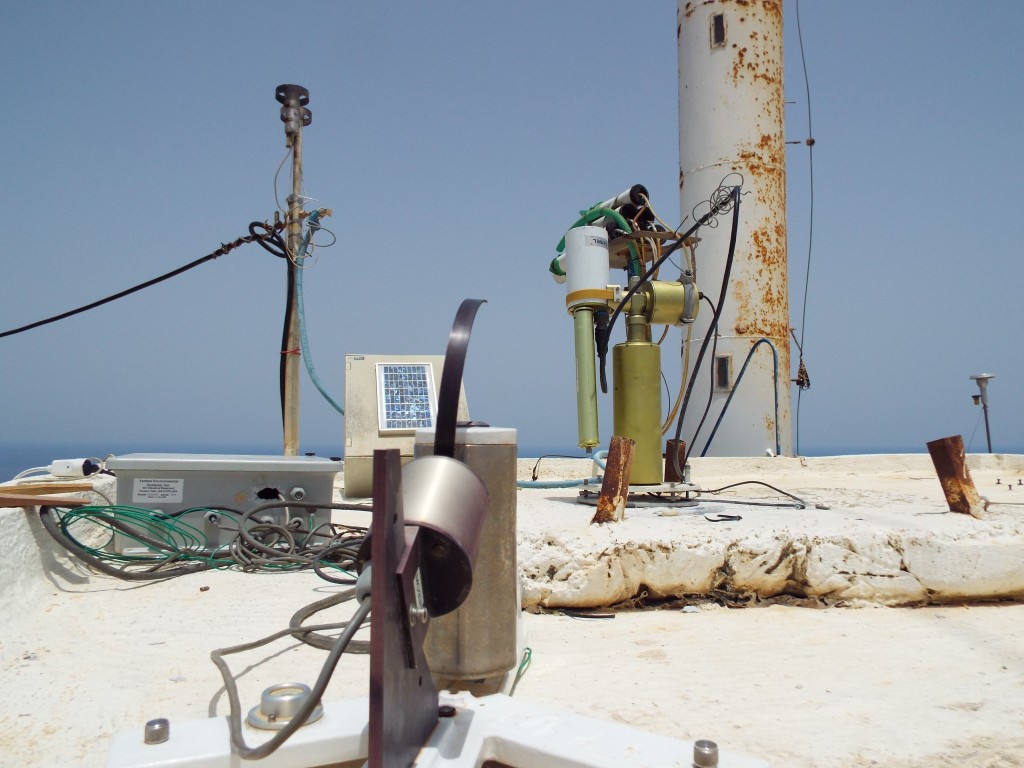
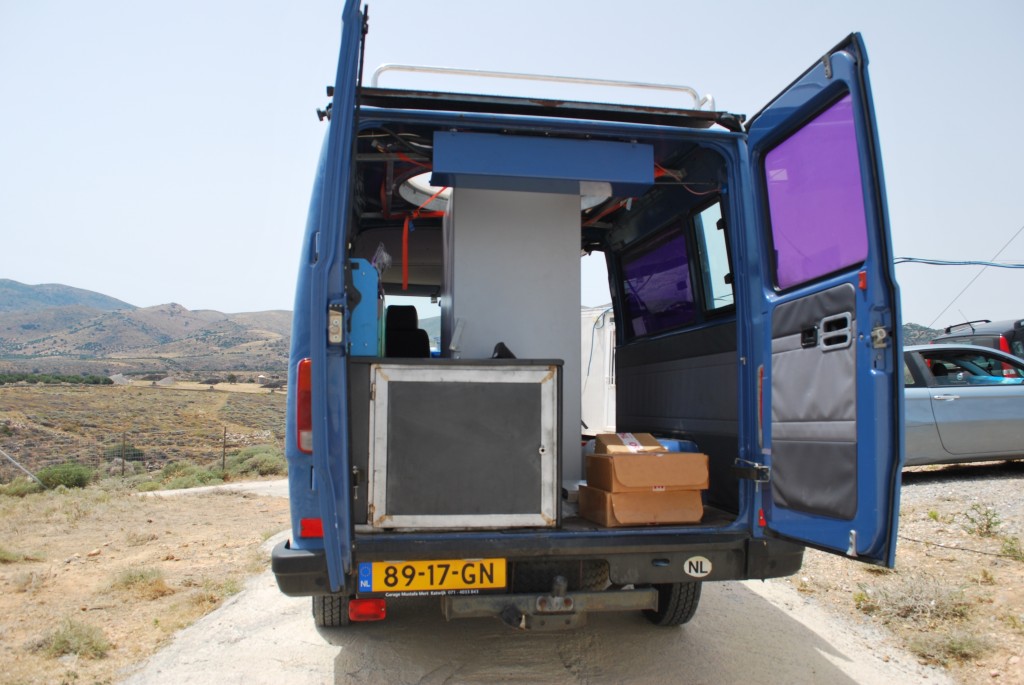
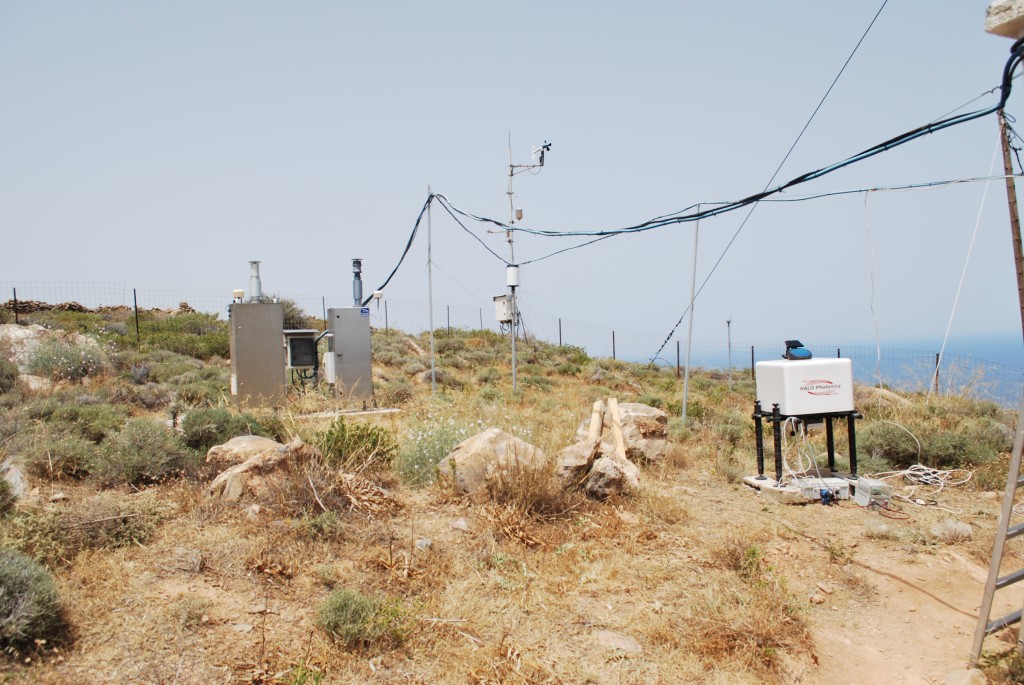
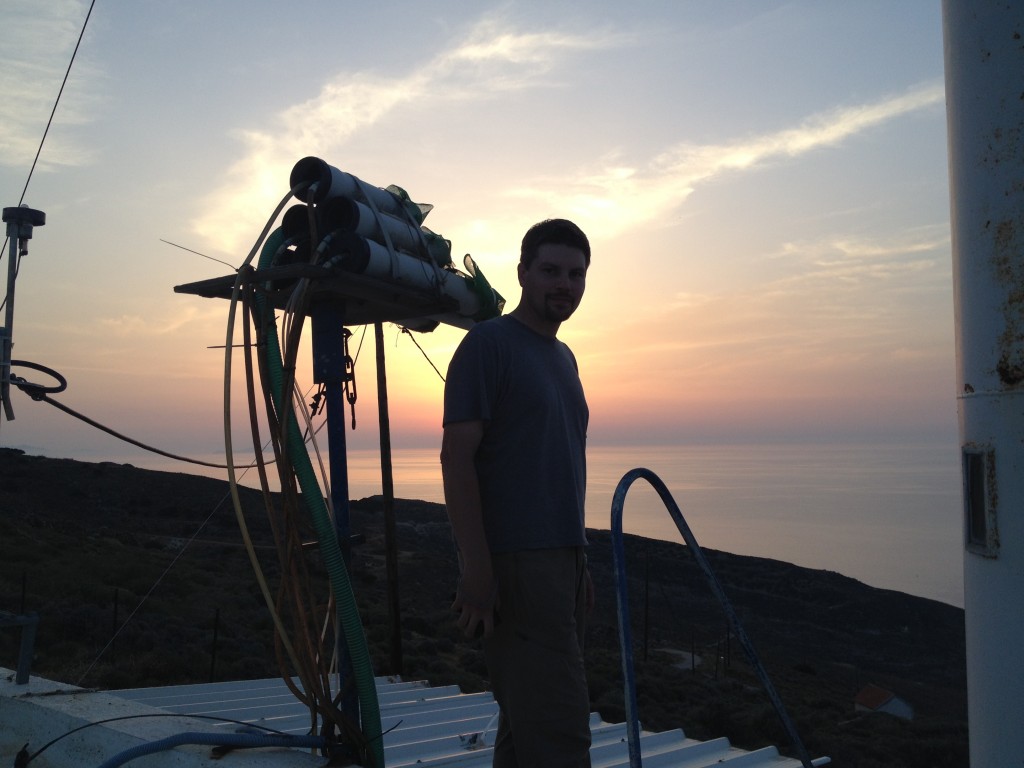
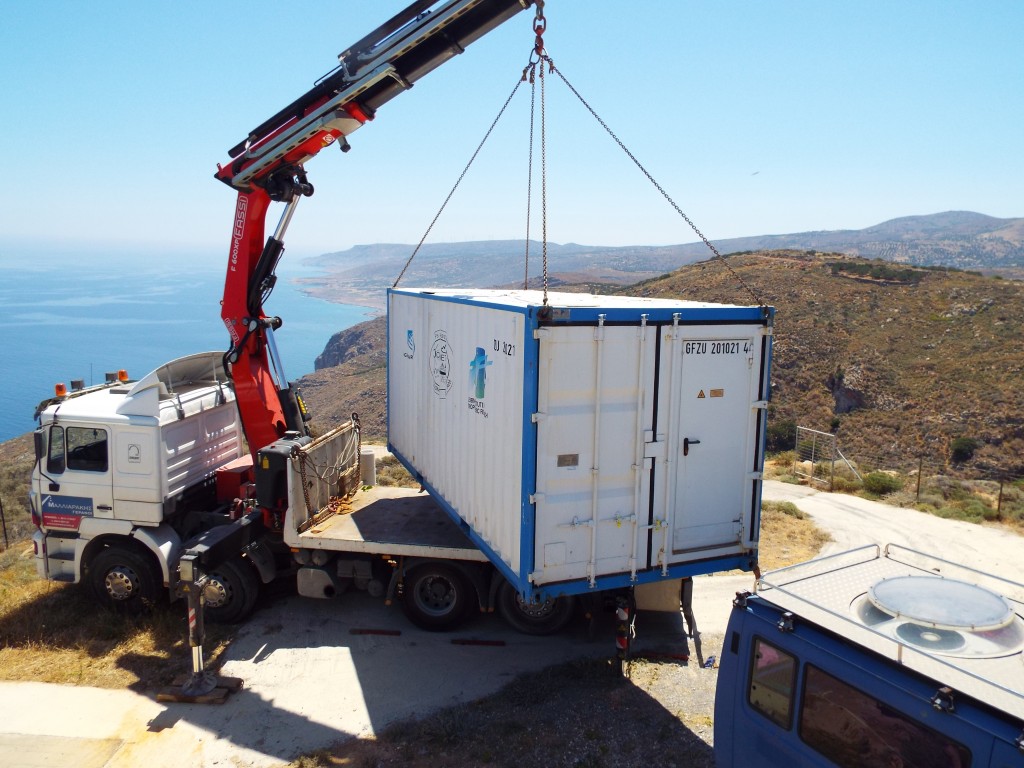
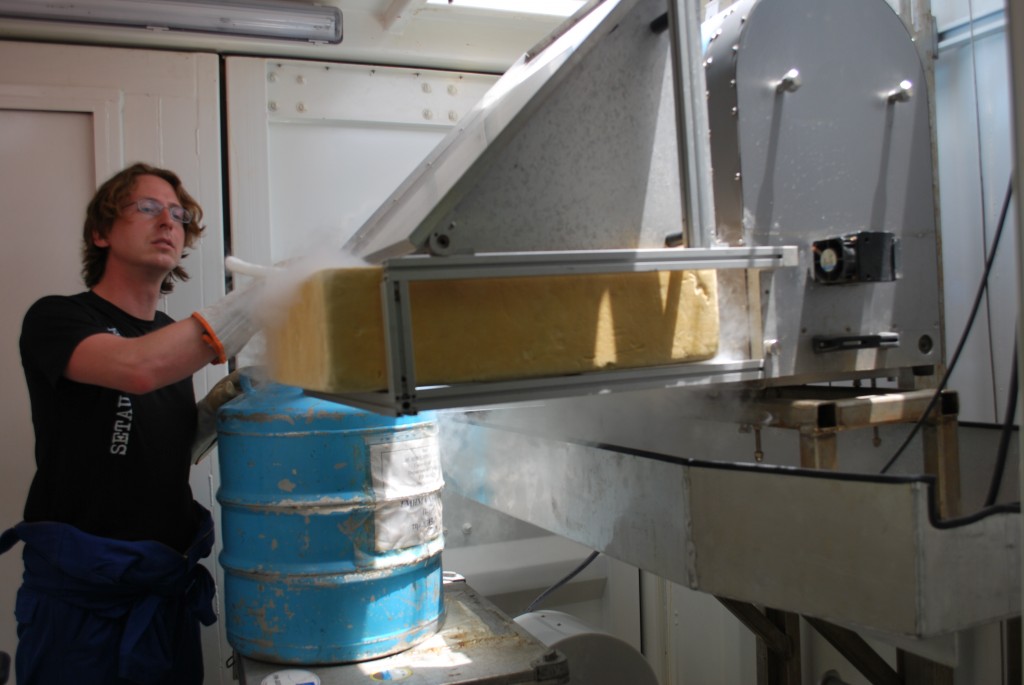
Discussion: no comments